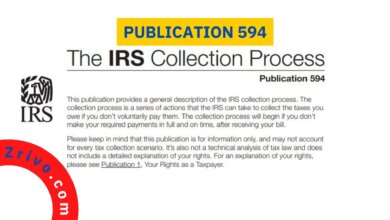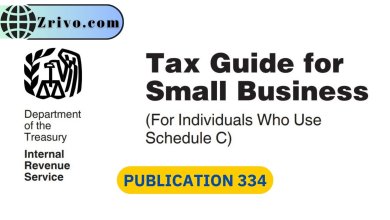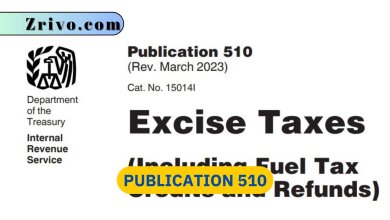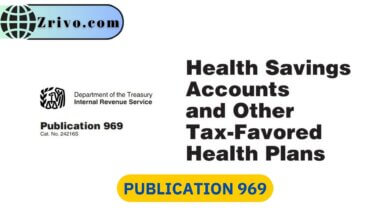Publication 915 2023 - 2024
The IRS has several publications covering everything from tax credits to IRS etiquette, and Publication 915 is one of them.
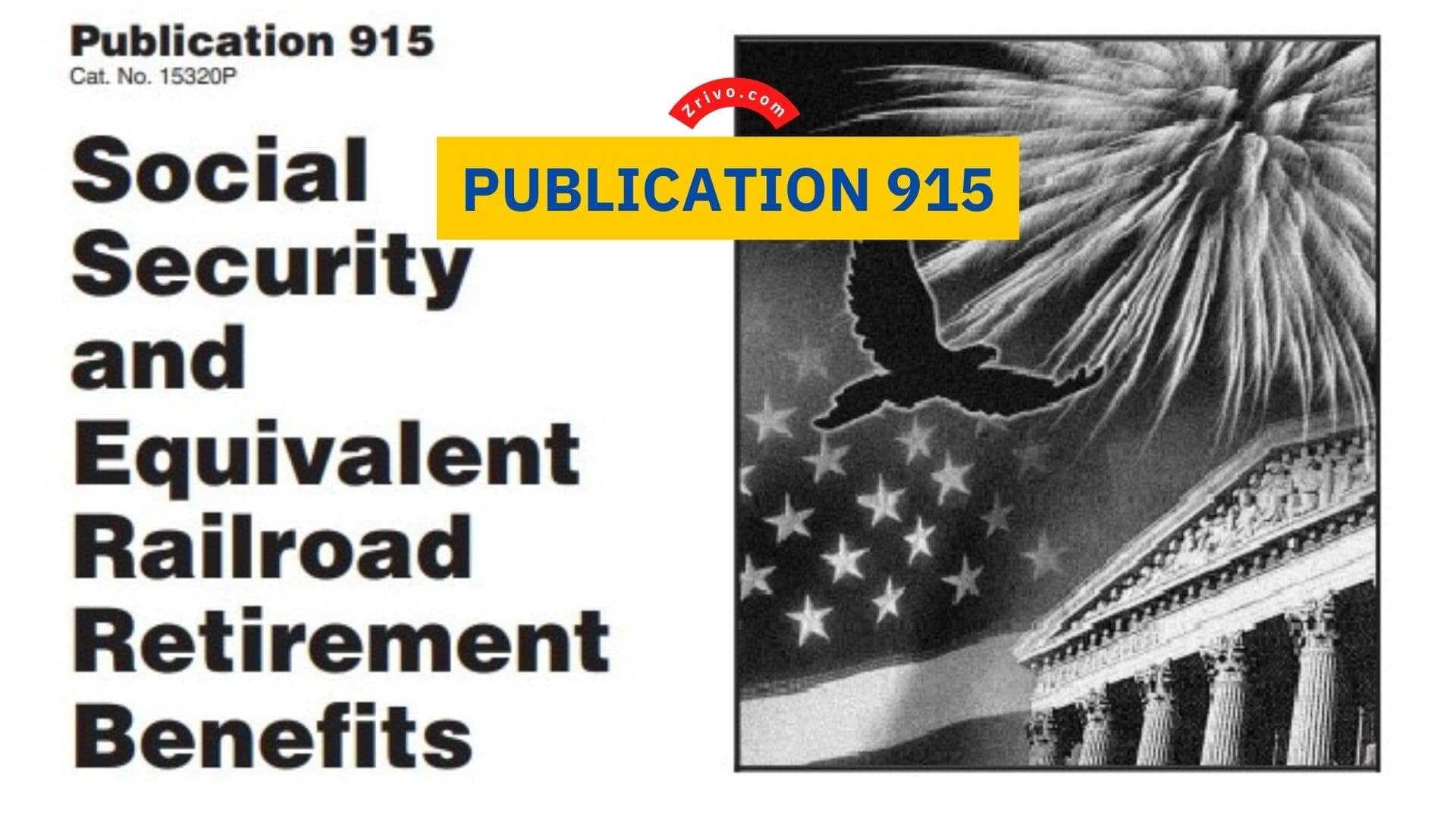
Publication 915, Social Security and Equivalent Railroad Retirement Benefits, is a document that explains the federal income tax rules for social security benefits and equivalent Tier 1 railroad retirement benefits. It is prepared through the IRS, SSA, and RRB joint efforts. If you need to file an individual return, complete Worksheet 1 in Publication 915. It figures your taxable benefits for you and transfers the amounts to Form 1040 U.S. Individual Tax Return, Lines 6a and 6b.
IRS Publications are informational booklets written by the Internal Revenue Service that provides detailed guidance on tax issues. While they do not give specific, line-by-line instructions for filling out forms, they cover nearly every possible question taxpayers might have about their taxes. Publication 915 consists of 33 pages, and 5 of these pages are Worksheets for taxpayers to work on.

Social Security Benefits
Social Security pays retirement benefits to people who have worked for a certain number of years. It also pays disability and survivor benefits to workers who die. The program is funded primarily through payroll taxes paid by workers and employers. The government collects these taxes through the Federal Insurance Contributions Act tax (FICA) on wages and self-employment income, with funds deposited in the Social Security Trust Fund. Benefit recipients receive their payments in monthly installments.
There are four types of Social Security benefits: retirement, disability, survivor, and supplemental security income (SSI). The amount of each benefit varies based on work history, age, health, and other factors. Many people rely on Social Security benefits for a majority of their income. However, the proportions of persons relying on Social Security benefits for at least half and 90 percent of their income have changed slightly in recent years, as shown by Table 1.
For example, the estimated percentage of aged persons who depended on Social Security benefits for at least 50 percent of their family income was lower in 2014 than in 2012, as shown by data from the March 2015 CPS, although these estimates reflect a better measurement of asset and retirement-account income in the redesigned 2015 CPS.
Those who qualify for Social Security retirement benefits can increase their benefits at age 65 by applying online, using a paper application, or completing Form SSA-586. The Social Security Administration will notify you of your change in eligibility and may issue a new Benefit Statement (Form SSA-1099).

Railroad Retirement Benefits
The Railroad Retirement Benefits program provides retirement, survivor, unemployment, and sickness benefits for people who have spent a substantial part of their career working for a railroad. Its funding is derived from contributions paid by railroad workers. The Railroad Retirement Board (RRB) administers the program. A person can collect railroad benefits when he or she retires, usually at age 60, if he or she has at least 30 years of qualifying service. In some cases, a worker may be eligible for benefits at age 50 if he or she has at least 20 years of qualifying service.
Those who begin drawing railroad benefits before their full retirement age will receive reduced benefits. This is because Railroad Retirement Benefits are based on earned credits, and those earnings must be covered by the RRB. In addition, any earnings that an early retiree earns outside of railroad employment will reduce his or her benefit. This can be a serious financial problem for many early retirees.
Legislation enacted in 1974 restructured railroad retirement benefits into two tiers to coordinate them more fully with Social Security. The first tier is based on combined railroad retirement and social security credits, using social security benefit formulas. The second tier is based on railroad service only and is comparable to the private pensions that are paid over and above social security benefits in other industries.
